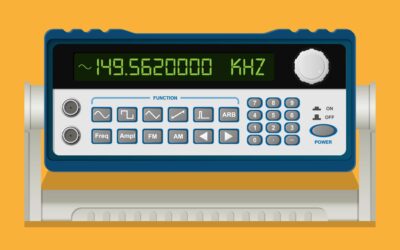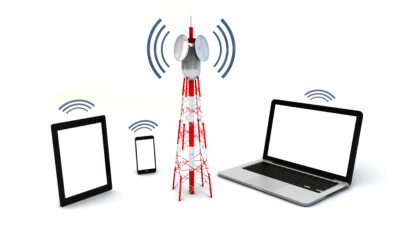5 Keys to a Successful RF Design Project

An RF design project is a process of designing, implementing, and testing a communication system that uses radio waves to transmit and receive data. The goal of an RF design project is to create a system that is efficient, reliable, and robust. RF design projects are typically used to complete the development of a new electronic product or system. The goal of these projects is to ensure that the product or system meets all performance specifications and requirements before it goes to market.
Designing a successful RF system is not an easy task. There are many factors to consider, and if any one of them is not carefully thought out, the entire project can be a failure. In this blog post, we will discuss five key factors that must be considered in order to successfully design an RF system. By following these key tips, you can ensure that your next RF design project is a success!
Define the requirements.
The first step to a successful RF design project is defining the requirements. What are you trying to achieve with the project? What are the performance goals? What are the size, weight, and power constraints? Once you have a clear understanding of the requirements, you can begin to develop a system that meets those needs.
Consider the trade-offs.
In any design project, there will be trade-offs that need to be considered. For example, increasing the receive sensitivity may come at the expense of increased power consumption. It’s important to understand the implications of these trade-offs so that you can make informed decisions about how to proceed with your design.
Select the right components.
Carefully selecting the right components is critical to the success of any RF design project. There are a wide variety of components available on the market, and it’s important to choose ones that will work well together and meet the requirements of your project.
Optimize the design.
After the initial design is complete, it’s important to optimize it to ensure that it meets all the performance goals. This may require making some changes to the layout or circuitry. Often, simulation can be used to help optimize the design.
Test, test, test.
Once the design is complete, it’s important to thoroughly test it to ensure that it meets all the requirements. Testing can be done in a variety of ways, including bench testing, field testing, and validation testing. Bench testing is the process of testing a design on a test bench prior to deployment. Once a design has been deployed, it’s important to conduct field tests in order to verify that it is performing as expected in its actual operating environment. Finally, once a design has been deployed and is in use, it’s important to periodically conduct validation tests in order to ensure that it continues to meet the requirements of the application.
RF design projects can be complex and challenging, but following the key tips mentioned above can help ensure success. Defining the requirements, considering the tradeoffs, selecting the right components, optimizing the design, and thoroughly testing the finished product are all important steps to take. By following these guidelines, you can increase your chances of achieving your desired results. And if you need any assistance along the way, our team of experts is always here to help. Contact us today at Smith and Fisher to get started and successfully navigate your next RF design project.
Recent Posts
- RF Safety: The Silent Protector of Wireless Communication
- How RF Signal Generators Drive Effective Testing Practices
- How Radio Frequency (RF) Testing Enhances Connectivity and Reliability
- The Importance of RF Education in Today’s Tech Landscape
- What to Expect During a Radiofrequency Radiation Site Inspection?






